Everywhere I hear about the scorching temperatures that are and will be these days. Excessive heat comes with all sorts of problems, including those related to painting or varnishing wood. There are large factories where temperature and humidity are controlled, but the vast majority of factories and workshops have to work without such facilities. And that "we stop when the temperatures are too high" doesn't really work when you have contracts with deadlines that, if you don't meet them, you can be penalized. So what is to be done? So here's a piece on summer finishing.
First of all, I would like to draw the attention of those who work with products diluted with petroleum derivatives (white spirit-petrosin, gasoline, diesel) to a very dangerous phenomenon - self-ignition. Some waxes, oils or baths, solvent-based exterior paints and varnishes can become dangerous on sunny summer days. If leftovers from their use - dirty rags, soaked sponges, paintbrushes, scrap cans, bits of hardened material - are left lying around the workshop and the sun's rays reach them, they self-ignite. The phenomenon is called self-combustion and it is very dangerous. When you're done, put all the debris in a can and pour water over it. Never ignore a rag with which you have applied the wax. It can become the source of a fire.
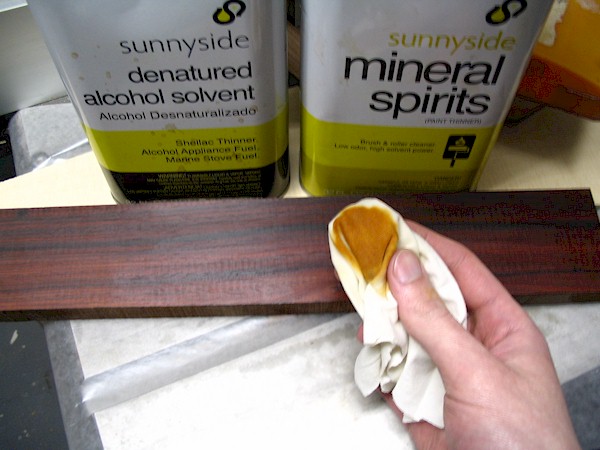
Finishing problems under temperature and humidity conditions occur irrespective of the nature of the materials being worked with. Indeed, when products are solvent based, they are much greater, but excessive heat and humidity also damage waterborne products. Finishing materials are made to work at temperatures of 18-22 grd.C and humidity 50-70%. Outside these ranges they may not behave normally and so problems occur.
The biggest problem of this period is rapid drying of materials. The consequence is film gassing when applied by spraying. White patches appear on the varnished surface, rough to the touch, because some of the varnish particles dry in the air and fall onto the freshly applied varnish, catching on it. The easiest way to avoid this phenomenon is to use a slow thinner specially formulated for hot summer periods, or to add 5-10% retarding thinner (depending on the manufacturer's recommendations) to the prepared spray mixture. Gassing can also occur with waterborne products. It is good to know that special thinners are also available for these materials to slow drying.
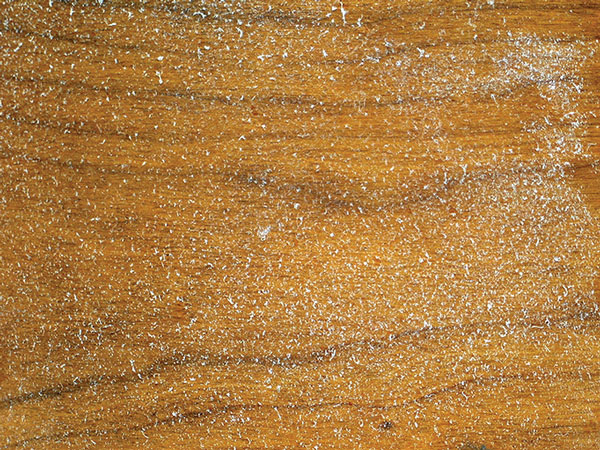
High temperatures lead to decrease the viscosity of finishing materials. For this reason the amount of thinner added will be less. If you follow the recipe without checking the application viscosity with a viscometer cup, you will be surprised by a much more fluid material and you will be confronted with the appearance of drips on the edges. When you need to apply fluid materials it is best to do it in 2-3 strokes, with a 10-15 min. flashing time in between.
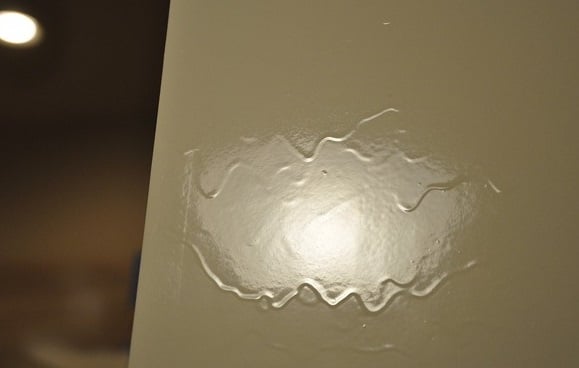
When using A+B type materials (polyurethanes, acrylics with curing, polyesters, etc) high temperatures can lead to increased reaction speed and faster curing of the product. Reducing the amount of solvent added is no longer an option as it will further accelerate curing. A retarding thinner should be used and the amount of material prepared should be smaller to avoid waste.
In high gloss lakes, rapid drying can result in appearance orange peel and decrease in gloss. The curing time of the film on the surface is too short and the varnish does not have time to spread very well to reflect the light properly. Using summer thinners or adding retarding thinner solves the problem.
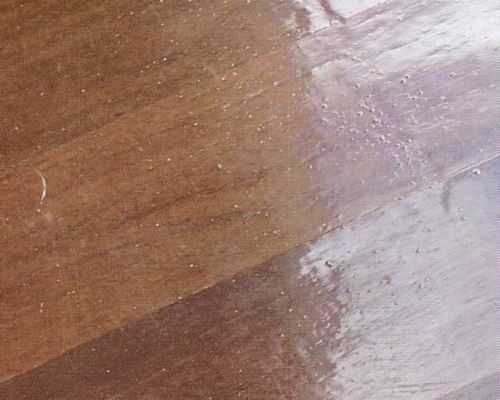
On days when the humidity is also very high, the bleaching of varnish filmespecially when working with nitrocellulose lacquers. The thinner is still the solution. In addition to summer thinners or retarders, you can also use a specially formulated thinner for these periods, called 'anti-fading'. Bleaching can also occur from water splashed on the floor on very hot days. Watering floors in finishing areas is practiced to draw dust out of the atmosphere. In very hot weather water evaporates quickly and the humidity in the work area increases.
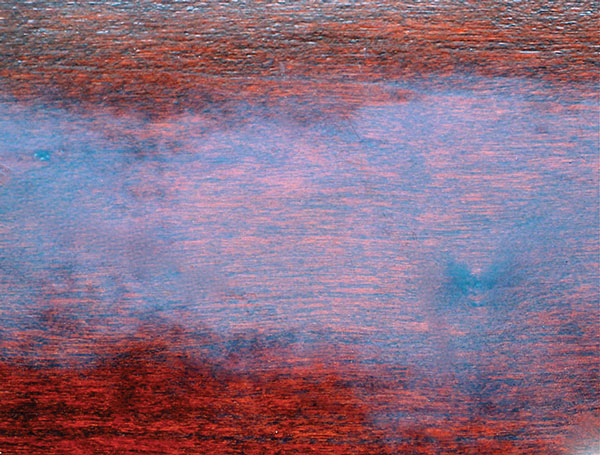
The appearance of bubbles on the surface of parts finished is a common defect in warm weather. The reason is very rapid drying of the film on the surface - powder drying, as it is also called. The thinner left in the varnish film tries to push its way out into the dry layer and forms bubbles. Avoid these by using slow thinners, applying thinner coats and avoiding drying in direct sunlight.
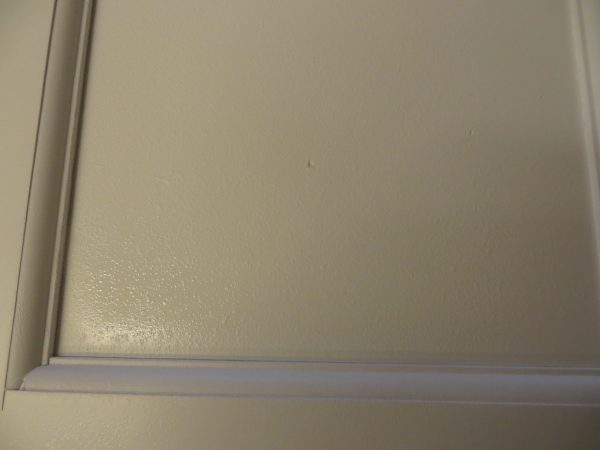
Sometimes small holes can appear on the surface finished with solvent-based products, as inNeedle punctures. It's because of water in the spray paths. Due to increased humidity, compressors accumulate more water. If it is not removed more often and the trails are not fitted with filters, the water gets into the air with which the material is mixed when spraying and is transformed into very fine droplets that appear on the surface as pinholes. It is recommended to check the compressor very often and to install high performance filters on the trails up to the gun.
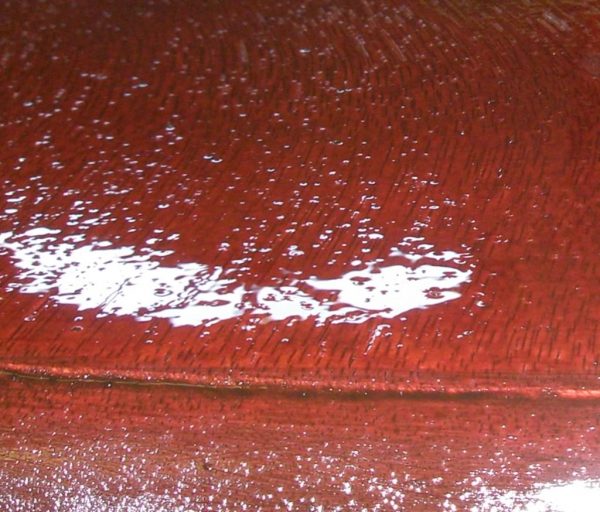
A phenomenon that can occur on hot days with very high humidity is very slow drying of water soluble products. The phenomenon does not only occur with finishing products. On hot summer days, streets can stay wet for a long time after rain if there is not a little wind. It happens because water molecules in the atmosphere settle on top of the street preventing the water from evaporating (vapor pressure). With a gust of wind they are blown away, making room for the next layer. It's the same at the lake. This is why ventilation is more important than temperature for waterborne products.
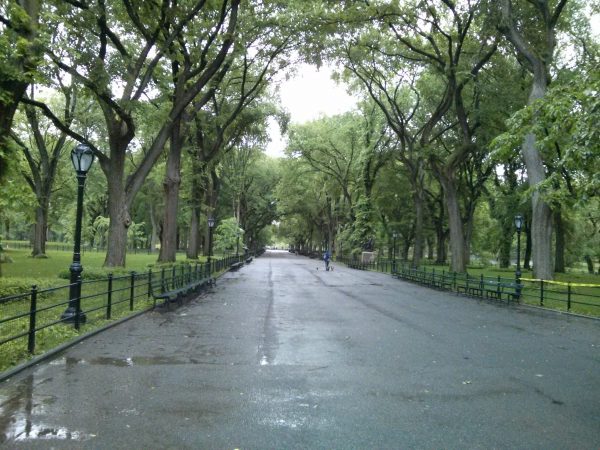
Finally, a few recommendations to make this hot summer as hassle-free as possible:
- finish in the morning, when temperatures have not risen very much. Prepare the workshop in the evening (cleaning, sweeping, watering), and in the morning start finishing straight away;
- avoid foot watering on high humidity days;
- Change the thinner used in winter. Use a summer one;
- dry in separate, well-ventilated areas;
- do not leave wax residues, oils and petrosin-type thinners around the workshop. Always cover them with water.
I wish you all the best for the hot days.
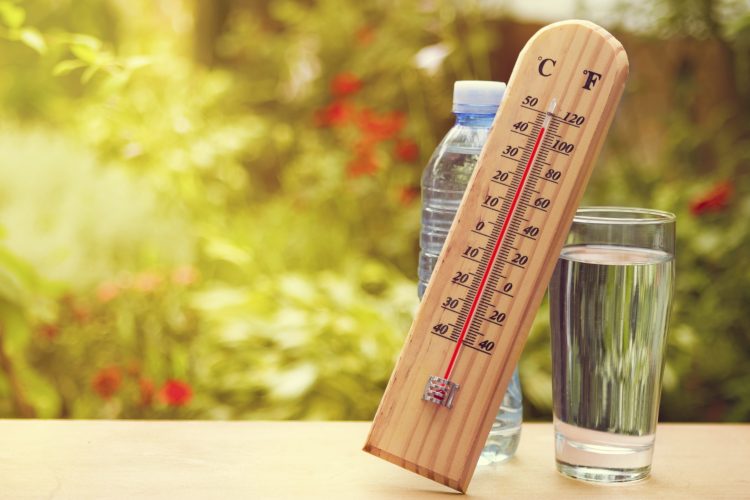

































You are a treasure trove of information 🙂 I'm glad to see that there are people who share with others the "wealth of knowledge"!
Thank you!
Glad we can find out all this information! Glad you discovered me Wooden Magazine!
And we are glad you found us! 🙂